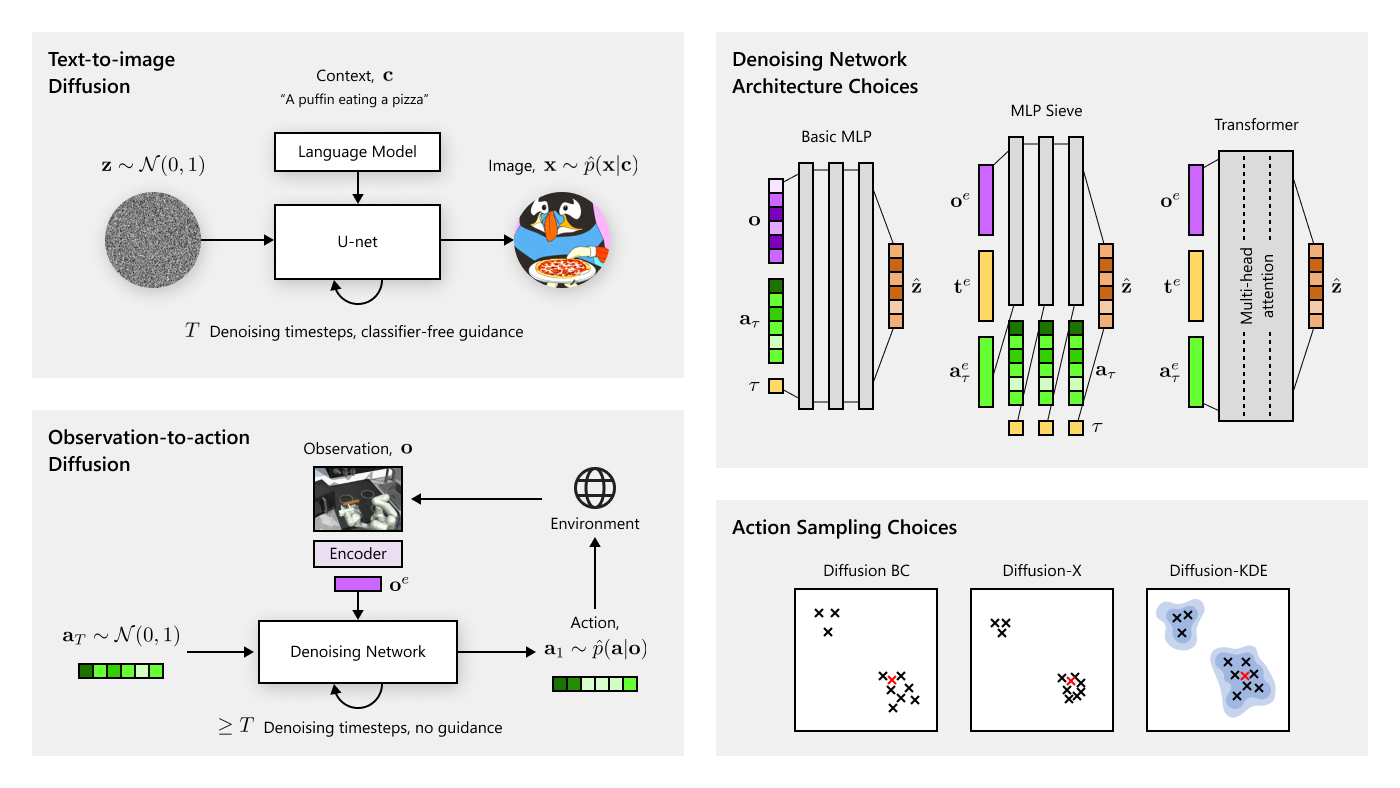Microsoft Research Montreal lab’s vision is to create machines that can comprehend, reason and communicate with humans.
We see a future where humans interact with machines just as they would with another human. We could ask a question in natural language and have the machine respond with an appropriate answer.
Yet answering questions is only one part of an interaction. In addition to our work in training machines to seek information (opens in new tab) and then read and reason (opens in new tab) upon text and answer questions, we are now training machines to ask questions.
The importance of questions
While asking a question may seem straightforward, it is the process of asking the right question that can drive the better understanding of concepts and information. While many QA datasets are geared to training for answering questions – an extractive task – the process of asking questions is comparatively abstractive: it requires the generation of text that may not appear in the context document. Asking ‘good’ questions involves skills beyond those needed to answer them.
Spotlight: Blog post
Eureka: Evaluating and understanding progress in AI
How can we rigorously evaluate and understand state-of-the-art progress in AI? Eureka is an open-source framework for standardizing evaluations of large foundation models, beyond single-score reporting and rankings. Learn more about the extended findings.

Examples of conditional question generation given a context and an answer
We propose a recurrent neural model that generates natural-language questions from documents, conditioned on answers. We show how to train the model using a combination of supervised and reinforcement learning to improve its performance. After teacher forcing for standard maximum likelihood training, we fine-tune the model using policy gradient techniques to maximize several rewards that measure question quality. Most notably, one of these rewards is the performance of a question-answering system.
To our knowledge, this is the first end-to-end, text-to-text model for question generation.
Our research paper outlines the development of the model, the training used, the results as well as implications and next steps.





